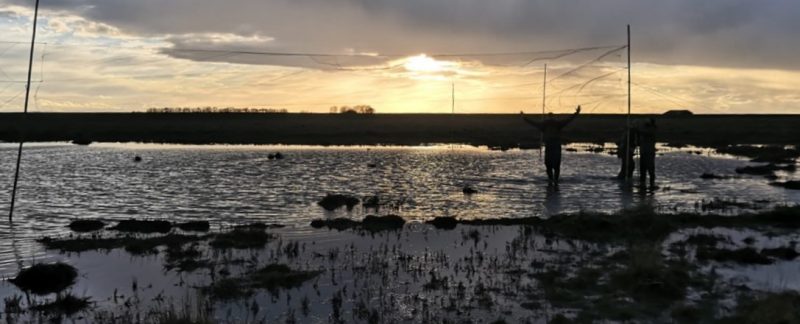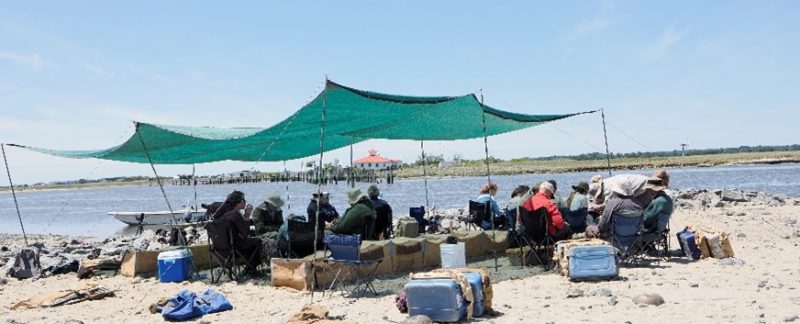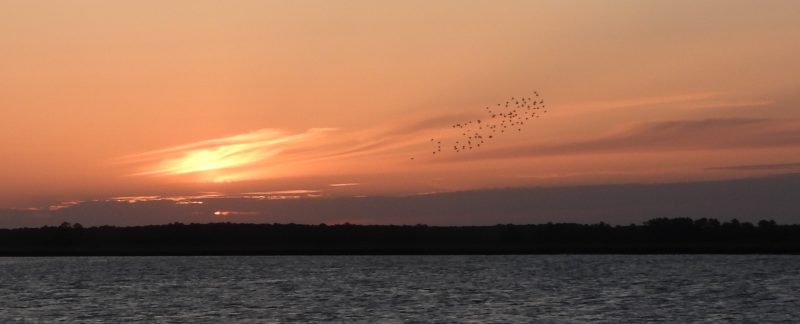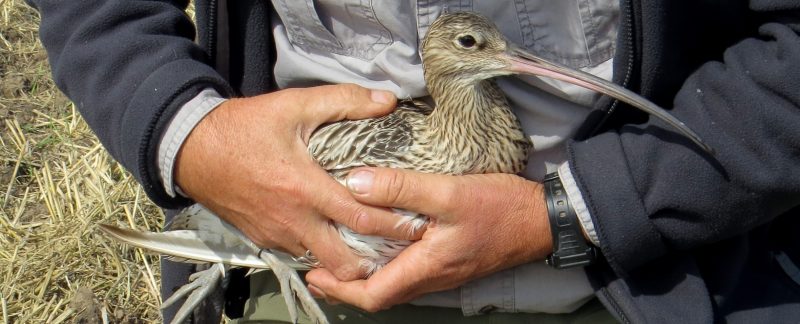Friday 24 March
Noble pioneers, Guy, Kirsty and Ryan joined the sunrise to recce a number of sites ahead of the main party. Ryan’s recce yielded more ducks and geese than waders at Gedney and Kirsty’s exploration of the beach at Snettisham was even more disappointing, with a dearth of birds. Thankfully, Guy, found flock of 230 Oystercatchers at Heacham South, 150 m south of the tump and another flock of 60 further south. However, Heacham South was busy with walkers and dogs and the Oystercatchers were very mobile as a result. The same could not be said of a flock of 500 Sanderling and 30 Turnstone at Heacham North North which demonstrated remarkable tolerance of disturbance and settled on a ridge on the beach for at least 40 minutes from 08:00 hrs, unwittingly identifying themselves as the best possible target for the following morning.
Continue Reading →




